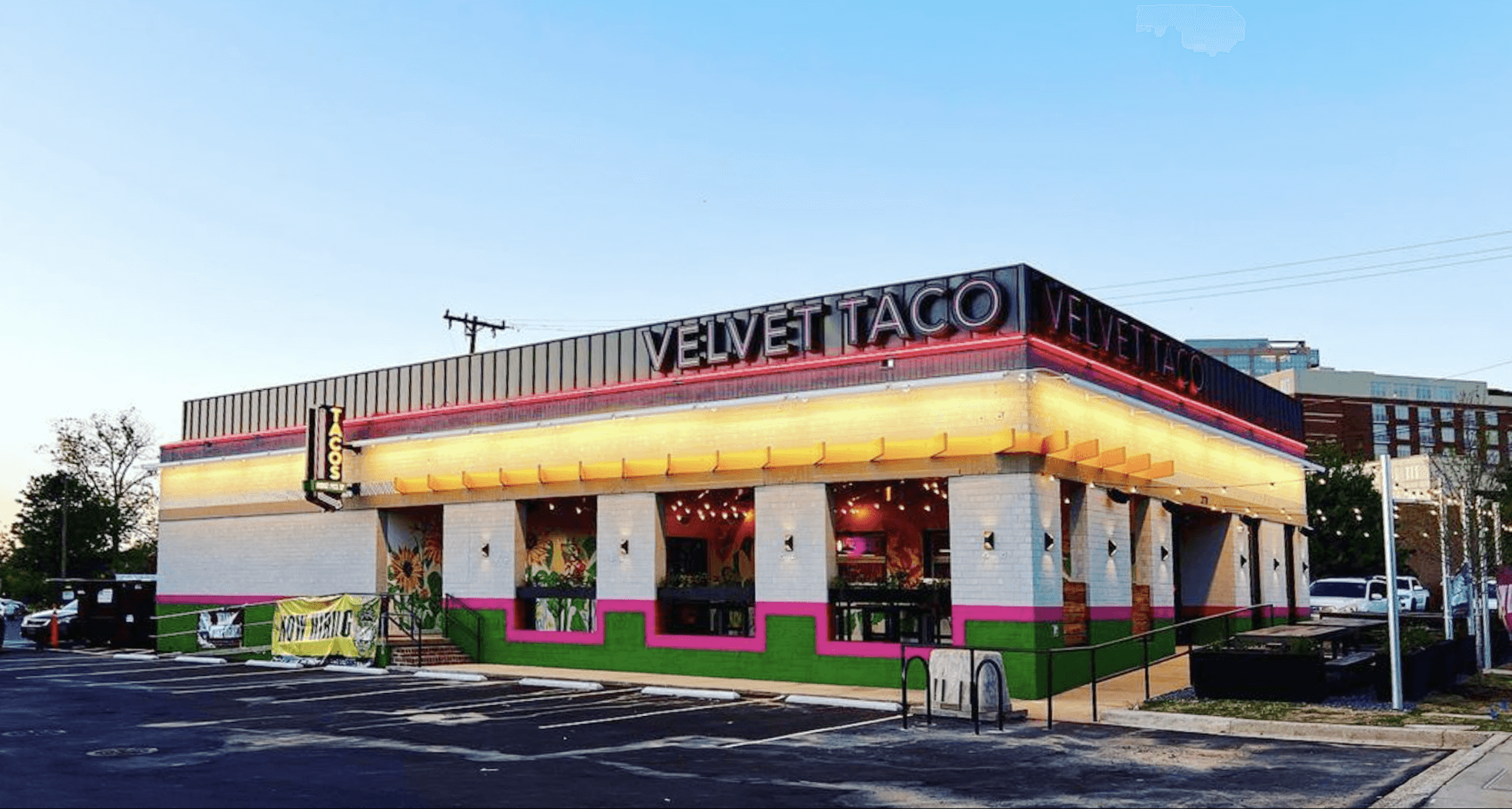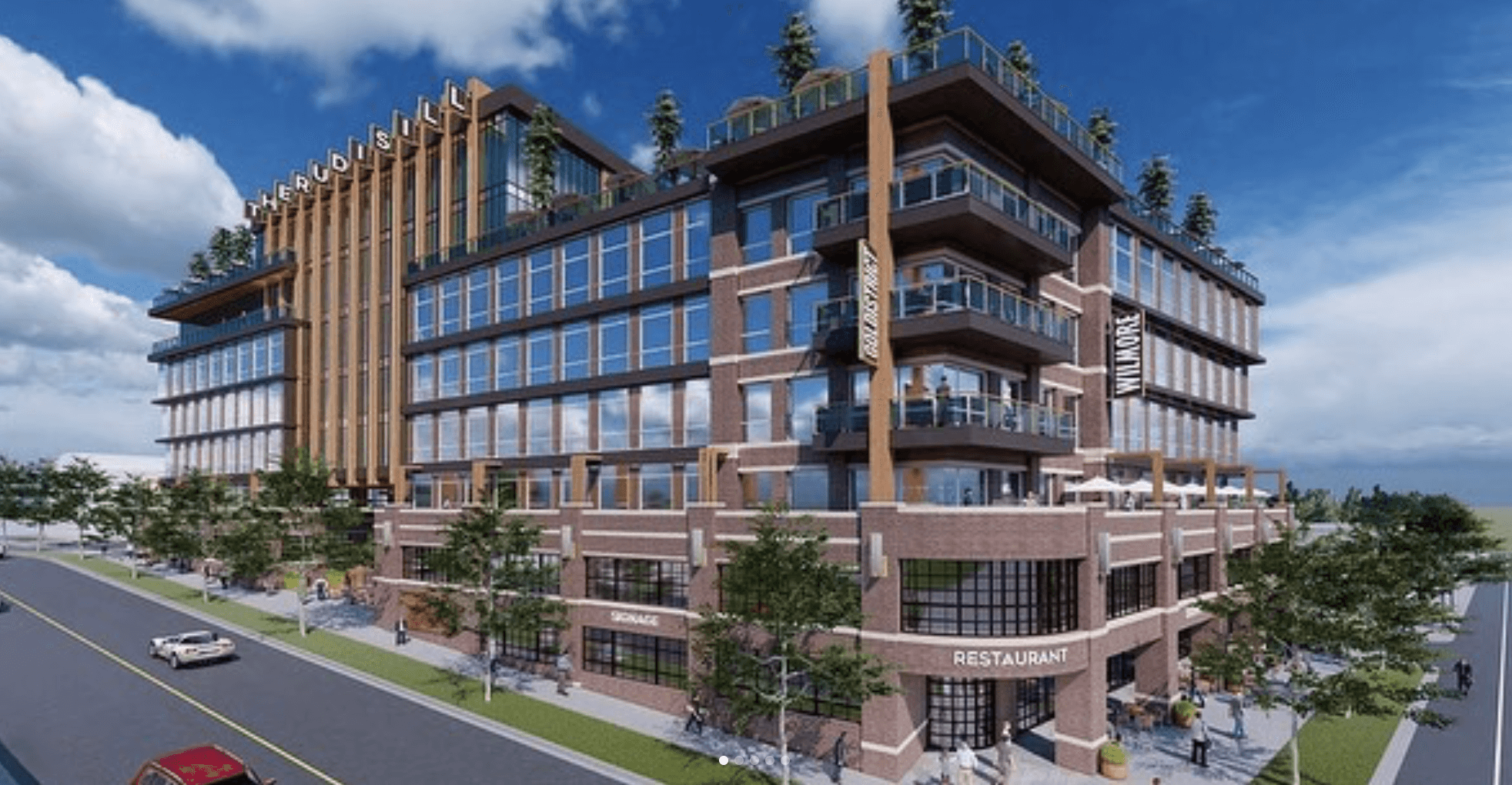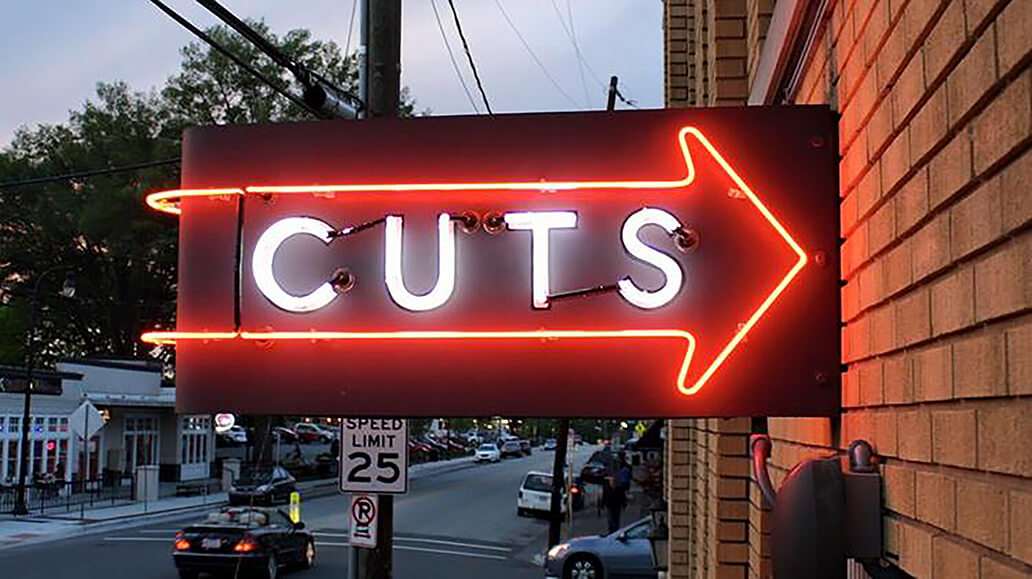Retail activity has continued to accelerate through the end of the pandemic and shopping center owners and investors are now experiencing new levels of growth. Retail leasing activity remains elevated as retail brands continue to fill space across the Southeast markets. Retailers are exhibiting an increasing willingness to explore beyond traditional core markets into secondary and even tertiary markets not considered previously. That bodes well for landlords because it continues to drive demand across the region, and in many cases multiple retailers are lined up and eager to take space when it comes to market.
Those drivers are positively impacting the market both from a tenant leasing activity perspective as well as increased demand. That is clearly evident for retail landlords, especially those with suburban sites. The shift to suburban sites, as well as to secondary or tertiary markets, especially for mixed-use projects, is helping retail centers to outperform urban assets from occupancy and rental rate perspectives. There are several similar underlying factors that explain why suburban space continues to thrive, despite the market challenges.
Suburban settings allow retailers to meet demand from those who now favor working in suburban offices or in their homes, under the new remote work practices and patterns that evolved out of the pandemic. Not only do they avoid long commutes into an urban area, but a better work-life balance can be achieved. Retail assets that embrace and create more opportunities for community involvement, whether through tenant mix or activities, serve as hubs for the community and are emerging as go-to destinations for the whole community.
Coming out of the pandemic, suburban retail has continued to experience demand from both retail and restaurant users. That has held true for categories that tend be popular in terms of price points that are affordable across a wide swath of consumers such as everyday food and food experiences. There’s almost an insatiable appetite by retailers for those locations.
That trend is obvious in the fast-food user category with the continued growth of McDonald’s, KFC and other national brands that are filling in market gaps or expanding their footprints to five, six or even seven stores in a market. There’s also an exciting runway for chicken concepts like Raising Cane’s or Guthrie’s, as well as for emerging concepts to mature and accelerate.
In the suburban restaurant space, mid-priced brands saw modest growth after the Great Financial Crisis, but growth accelerated the last few years coming out of the pandemic. Consumers have been spending money again, especially at restaurants that delivered a quality experience without breaking the bank. That encompassed restaurants like Darden Restaurants’ Olive Garden, Texas Roadhouse, and others in the mid-priced swath of brands. The same growth trend has been experienced in the quick serve space, especially when locations added a drive through. That trend is particularly prevalent in the beverage space for brands such as Dutch Bros, 7Brew, Tim Hortons, Scooter’s Coffee, Black Rifle Coffee Company, The Human Bean, Caribou Coffee or BIGGBY Coffee Drive Thru.
Turning to the soft goods side of retail, an interesting trend we’ve monitored closely is the shopping cart full of clothing retailers seeking to replicate the success of T.J. Maxx or Marshalls. Burlington even went as far as to change its model to a smaller footprint with more product in stores, and Beall’s Outlet tweaked its merchandising model in Texas. Those efforts to streamline supports a retailers’ efforts to achieve higher per square foot sale and mirror the success achieved by T.J. Maxx or Marshalls.
In the fashion retail category, brands in the junior anchor type of space, are pushing to deliver good value and a quality experience that consumers with reasonable incomes can afford. They tend to be a bit more Internet proof because they seek to appeal to shoppers hunting for a bargain or a designer shirt.
The sporting goods category is active among brands such as Academy or Dicks, which were considered category killers back in 1990’s. Now we are seeing more junior anchor centers emerge in retail centers without a major anchor. Today, there could be four or five junior anchors lined up for space such as Hobby Lobby, Marshalls, Petco, or Target. Demand is insatiable for that type of space in the Carolina’s and Southeast markets.

Demand Drives Positive Impact
The Southeast has experienced robust population growth, as evidenced by a report in the Charlotte Business Journal that notes 113 people are moving to Charlotte every day. Combined with a lack of retail development, retail occupancies have been pushed into the 96% range, meanwhile development is focused on multifamily and other property types besides retail.
Since mid-2021, retailers are reporting sales increases of 8 to 10% from last year, predominantly on the service side and small goods category. A challenge for landlords is to work with tenants to get tenant improvement budgets in line with deliverables. Property managers are also working with landlords to upgrade and update their centers, encompassing such areas as HVAC systems, outdoor seating, designated take-out parking, landscape and storefront enhancements.
Landlords that own existing retail assets currently are facing bright prospects, as a result of that insatiable demand. It is expected to translate into an extended period in which they will be in a favorable position, especially for strong junior anchors or quality restaurants. Those centers are expected to be well leased.
The high-profile bankruptcy of Bed Bath & Beyond may have sent warning alarms off for some, but it has actually been a positive for some landlords. First, those in the retail industry weren’t surprised because the demise transpired for a period of three to five years. Secondly, in the Sunbelt the majority of those former Bed Bath & Beyond boxes had a line of expansion-minded retailers waiting for the closures. Due to pent up demand, landlords were in a unique position when a store closed because they could call five or six national retailers back to offer them space in a market or center that previously was unable to accommodate their space requirement.
One of the biggest challenges for both landlords and retailers is the cost of building new space and building out existing space for new tenants. It is a situation that is increasingly becoming more and more difficult for them to navigate. In a succession of years since the recession through 2015 when growth spurred increasing costs, through the pandemic when costs blew up, construction costs have escalated for new and renovated spaces in 2020 to 2021. Then in 2022 interest rates began rising and those increases have driven up construction costs significantly, in some cases a doubling. In 2023, banks have been willing to lend, but at higher rates and under different LTV scenarios. Borrowers need to provide 50% down now rather than the 30% they had been required before, which of course requires them to raise more cash if they want to move forward on a project.
An additional challenge for developers has been cap rates shifts, which has resulted in new investment return expectations. While it now costs more to build, developers and investors are faced with reduced returns and values at exit. In recent years, the industry has struggled through a period of death by 1,000 cuts, where as soon as they survived and got comfortable with one challenge, another came along.
The lack of new development has resulted in second generation retail space being heavily in demand. The current market is also allowing landlords to replace lower paying tenants with comparable rates and some concessions. But it is challenging to work around investment required up front to achieve increased NOI and preserving asset value.
Landlords must get comfortable with what to invest and their ROI expectations. Those owners who take a proactive approach can transform a center built in the 1980s. Outdated features like a porte cochere can be removed to update the appearance and functionality of a center. That requires landlords and their property management team to consider what city codes will allow, conduct advance planning and evaluate what impact the improvements will have to produce the highest returns.
Today’s retail teams are becoming a blend of asset management, property management and leasing. Landlords now require teams to do more than just lease up a center, collect rents and maintain the facility. It has evolved into more of a strategic advisory role too. Leasing and property management teams must understand what the owners’ goals are for a center, often providing sophisticated insights on the finance side, rents and projected returns to investors, which asset managers had typically provided. Some investment firms or owners have reduced the size of their internal teams and external advisors, or smaller owners may not have had an asset manager. Managers are helping fill those voids, even taking on such tasks as marketing the center or promoting it through social media efforts. Ultimately, the objective is to help position the asset for the highest value and return in the market. Having a third-party retail property management team in place that is familiar with a local market ensures a center remains relevant and allows it to better compete with surrounding properties.

Short-Term Expectations
Developers and landlords must be aggressive and creative when finding ways to meet retailers demand today. It is expected that they will figure it out, but it will not be an easy road ahead. A silver lining is that there’s plenty of demand, so they are not in a position to complain much. Those that survived the Great Financial Crisis when there was no demand, realize they have a good problem to solve now. The good news is landlords with properties that historically have not performed well are attracting tenants and reducing vacancies, due to lack of opportunities for retailers elsewhere. High demand and low space supply conditions are allowing even the most challenged shopping centers to lease up and experience healthier projections.
Small markets that had otherwise not generated previous interest from quality retailers, now are receiving plenty of attention. While they may have had low barriers to entry, they were just too small to justify a new store. That’s changing and retail brands across the spectrum are exploring options. That ranges from all the T.J brands, Marshalls, Home Goods and Home Sense to Ross Dress For Less, Burlington, Beall’s Outlet, Hobby Lobby, Ulta, pOpshelf, Michaels, Rack Room. The same holds true for food and beverage retailers including all the chicken or coffee retailers, Darden brands, Outback and fast casual brands like Chipotle, Dave’s Hot Chicken and Hava?.
All that interest and activity is expected to fuel the retail sector into 2024. Investors and owners in markets across the Southeast are expected to see elevated levels of demand, while supply remains constrained. Even if the period of insatiable demand wanes, the retail sector is positioned to return to a more normal pattern of growth and activity.

Authors: Darrell Palasciano is a retail broker with Charlotte-based The Providence Group. James McGee serves as Director of Property Management for The Providence Group. For more information, visit https://www.providencegroup.com.











